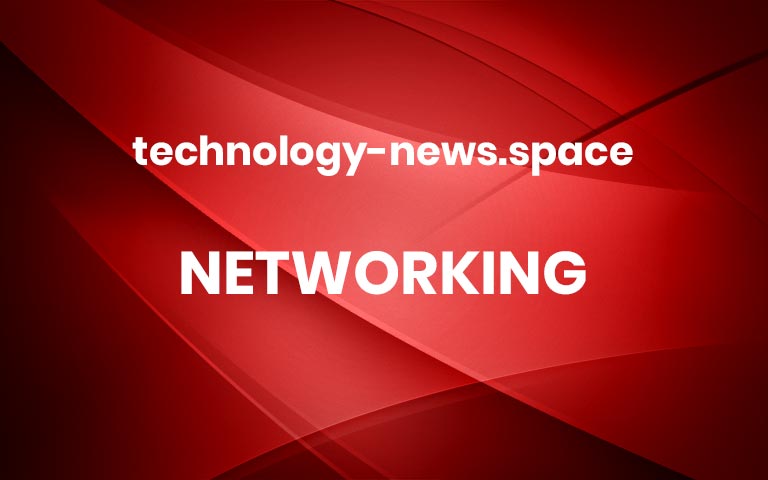Comcast working toward 10Gbps to your home
These days, when many of us are working from home, having great broadband isn’t a luxury; it’s a necessity. While I wouldn’t kill for Gigabit internet to my home, I’d consider maiming. Alas, I can’t get it. But, while I’m still worrying over that, Comcast is working toward delivering 10 Gigabit per second (Gbps) to homes.
That sound you hear is me crying with longing.
Comcast has achieved a 10Gbps technical milestone by delivering 1.25Gbps upload and download speeds over a live production network using Network Function Virtualization (NFV) combined with the latest Data Over Cable Service Interface Specification (DOCSIS) hardware. This is being done with DOCSIS 4. With this cutting-edge cable internet technology, you can expect to see up to 10Gbps speeds downstream and up to 6Gbps upstream capacity over a hybrid fiber-coaxial (HFC) network.
In its first real-world test, to a home in Jacksonville, Fla., technicians achieved its Gigabit plus speed using upon Comcast’s Distributed Access Architecture (DAA). This is an edge-based computing model. This architecture has a suite of software-powered networking technologies, including digital fiber optics, “Remote PHY” digital nodes, and a cloud-based, virtualized cable modem termination system platform (vCMTS). The result? Comcast’s team consistently measured speeds of 1.25Gbps upload and 1.2Gbps download over the connection.
Yo, Comcast, if you never need to test this service in Asheville, N.C., feel free to give me a call.
You don’t think you need that much speed? I, and Comcast, beg to differ.
“Our customers build their digital lives on the foundation of our internet service, so we continue to push the technological envelope to anticipate their future needs,” said Tony Werner, president of technology, product, and experience at Comcast Cable. “The great strength of our network technology is that we will have the ability to scale these next-generation speeds to tens of millions of homes in the future without digging up yards, or starting massive construction projects. This technology provides a path to meeting the needs of the future and making multi-Gigabit symmetrical speeds a reality for everyone, not just a select few.”
According to a study by Dr. Raul Katz of Telecom Advisory Services, 10Gbps internet will generate at least $330 billion in total economic output and create more than 676,000 new jobs over the next seven years. It will do by enabling not just 8K video streams for everyone living in your home, but by enabling 5G access points, virtual reality applications, and telehealth. It’s not just hardware that’s making this possible. Comcast is a major open-source developer and user. As Comcast notes, “The trial was made possible not by a single technological innovation, but rather by a series of interrelated technologies that Comcast continues to test and deploy in its network, all powered by a DAA ecosystem. These include our increasingly virtualized, cloud-based network model.”
Comcast, like any smart open-source citizen, isn’t doing it on its own. Comcast is working on the “10G” initiative along with NCTA, CableLabs, and SCTE, and other telecom and cable operators from around the world. In addition, Comcast and Charter Communications have worked closely to align on their approaches to 10Gbps and are driving technology standards and architectures to benefit everyone.
I, for one, will be more than happy to welcome 10Gbps internet into my home office. Mind you, in the meantime, I wouldn’t say no to just getting gigabit to my house.
Related Stories: More


